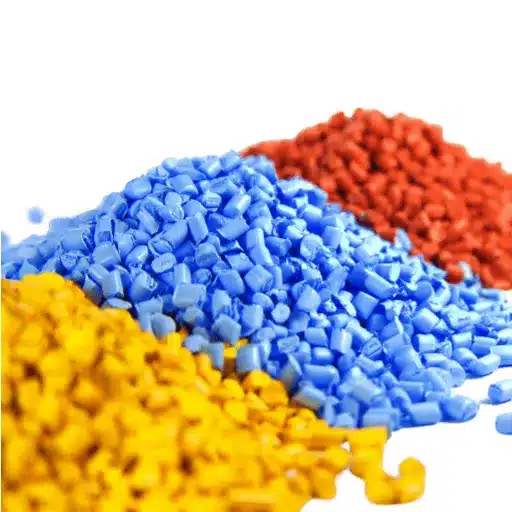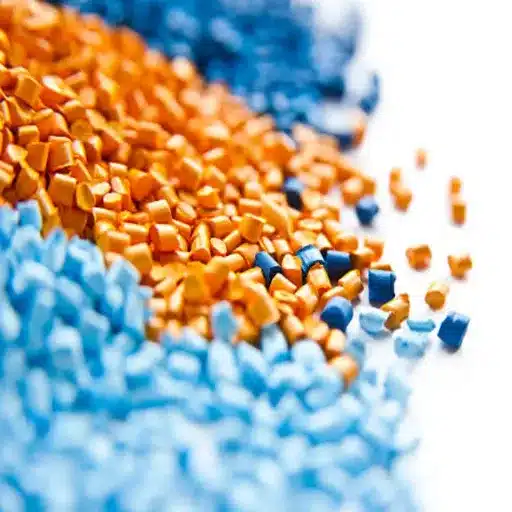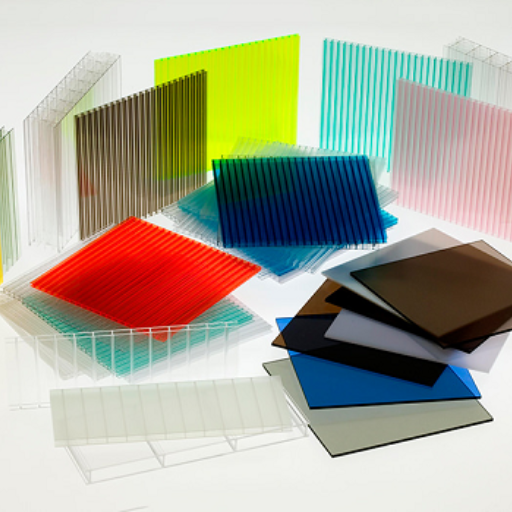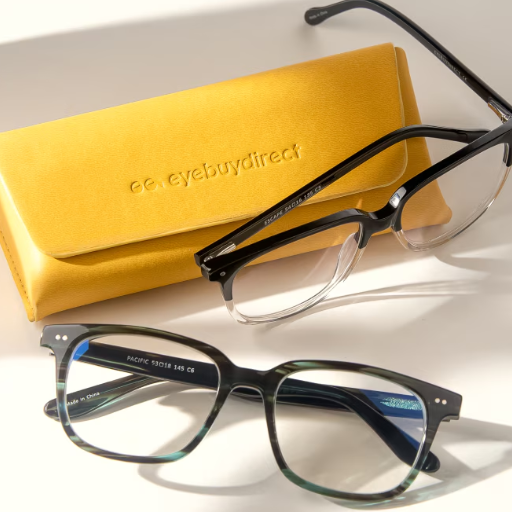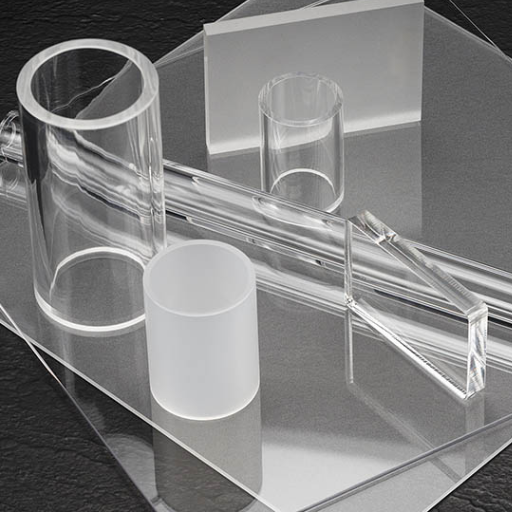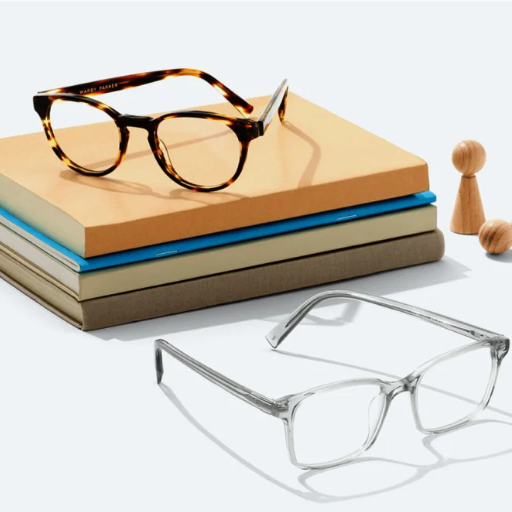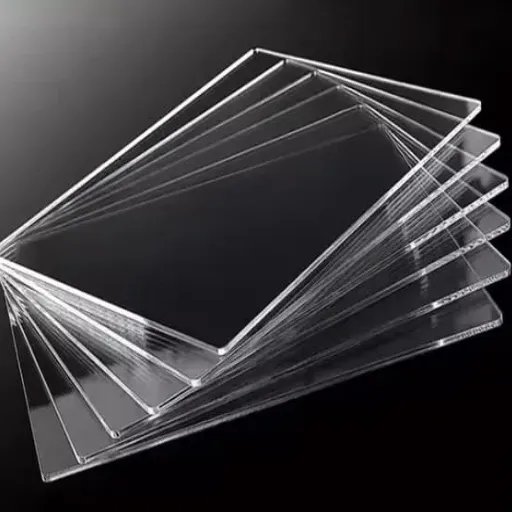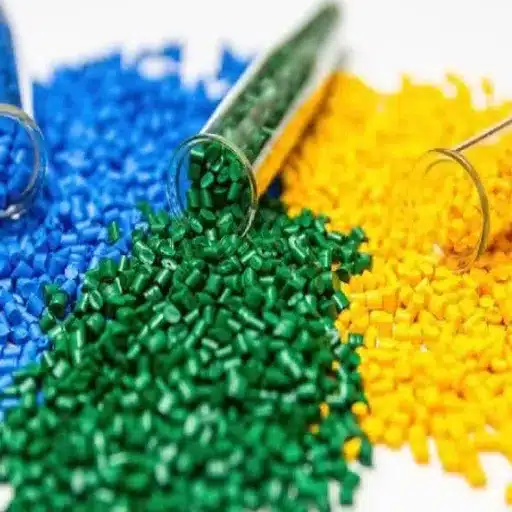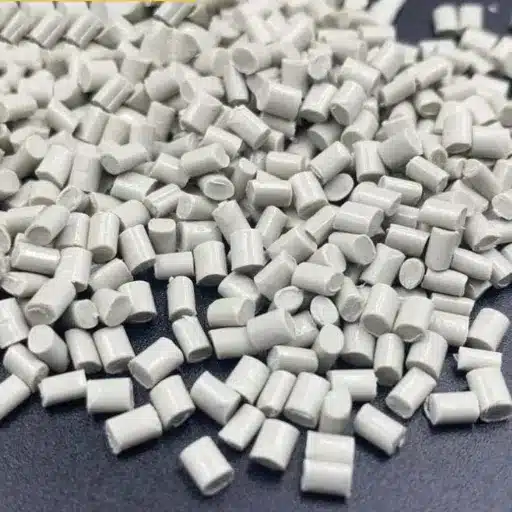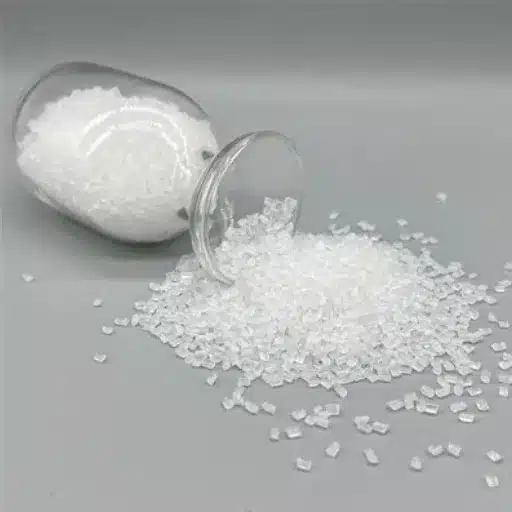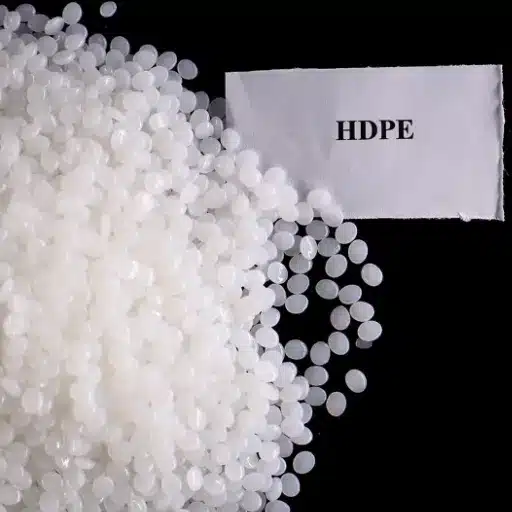PMMA and acrylic are two materials that consistently emerge as top choices in construction, design, and manufacturing sectors. While these terms are frequently used interchangeably, understanding the nuances between polymethyl methacrylate (PMMA) and acrylic is essential for making informed material selections across diverse applications. Whether you’re a designer, builder, or simply curious about materials science, this comprehensive comparison will equip you with the insights needed for your next project.
Introduction to PMMA and Acrylic
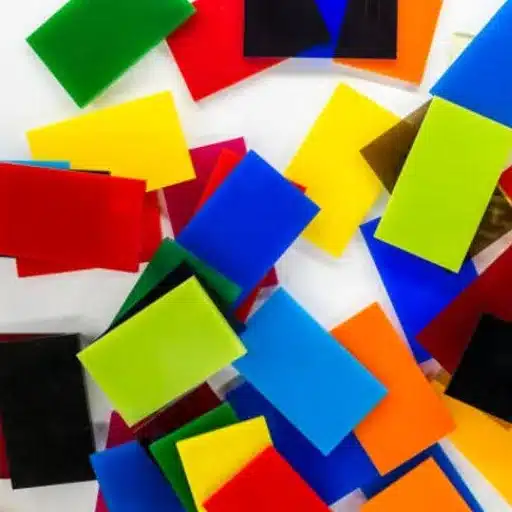
What is PMMA?
Poly(methyl methacrylate) (PMMA) is an industry-standard transparent thermoplastic widely recognized as a lightweight and shatter-resistant alternative to glass. Commonly marketed under brand names such as Plexiglas, Acrylite, and Perspex, PMMA consists of polymerized methyl methacrylate molecules. This material has earned its reputation through several outstanding characteristics:
- Exceptional Optical Clarity: Provides crystal-clear visibility with minimal distortion
- UV Resistance: Maintains structural integrity and appearance despite prolonged sun exposure
- Aging Durability: Resists degradation over extended periods
- Versatile Applications: Used in windows, signage, aquariums, and safety barriers
Furthermore, PMMA’s moldability and fabrication capabilities make it exceptionally valuable in design and manufacturing industries, where aesthetic appeal and functional flexibility are paramount.
What is Acrylic?
Acrylic material, also known as PMMA, is a universal thermoplastic distinguished by its transparency, lightweight nature, durability, and exceptional optical properties. As a glass substitute, it offers significant advantages, being shatter-resistant while transmitting approximately 92% of visible light—exceeding the transparency of standard glass.
Beyond its inherent clarity and toughness, acrylic demonstrates remarkable resistance to UV radiation and harsh weather conditions, making it suitable for both indoor and outdoor applications. This versatility extends to manufacturing processes, where the material can be easily cut, molded, or polished into intricate shapes.
🌍 Environmental Considerations
Acrylic is recyclable with a relatively low environmental impact. Modern recycling technology enables acrylic to be returned to its base material form, significantly reducing waste and supporting sustainability initiatives in an era where environmental responsibility is increasingly prioritized.
Common Misconceptions
Several persistent myths surround acrylic materials. Let’s address the most common misconceptions:
❌ Myth: Acrylic is Fragile and Unsuitable for Glass Replacement
✓ Reality: Modern acrylic is remarkably durable and withstands impacts that would shatter glass. Unlike glass, which cannot be repaired once scratched, acrylic maintains its structural integrity even when damaged, and scratches can often be polished out.
❌ Myth: Acrylic is Not Eco-Friendly
✓ Reality: Acrylic is fully recyclable, and advancements in recycling technology have simplified the process of converting acrylic waste back into base materials, decreasing environmental impact and supporting sustainability goals.
❌ Myth: Acrylic and Polycarbonate Are Interchangeable
✓ Reality: While both are transparent plastics, they have distinct properties. Polycarbonate tends to yellow with prolonged UV exposure, whereas acrylic maintains its clarity extensively, making it the superior choice for outdoor and long-term applications.
Key Differences Between PMMA and Acrylic

Chemical Composition
Important Clarification: Polymethyl methacrylate (PMMA) and acrylic are the same material. Acrylic is simply an alternative name for PMMA. This terminology variation frequently causes confusion, but both terms refer to an identical substance with the same chemical makeup and properties—a transparent thermoplastic produced from methyl methacrylate (MMA) monomers.
Physical Properties
PMMA (acrylic) possesses exceptional physical characteristics that have driven its worldwide adoption:
| Property | Specification | Benefit |
|---|---|---|
| Density | Less than half that of glass | Lightweight while maintaining strength |
| Optical Clarity | 92% light transmission | Superior clarity for lenses, displays, windows |
| UV Resistance | Excellent weather resistance | No yellowing or degradation outdoors |
| Processing | Easily moldable and extrudable | Versatile manufacturing applications |
Current search engine data reveals that PMMA’s physical durability is frequently compared with glass and polycarbonate. While PMMA is more rigid and scratch-resistant than polycarbonate, it’s not quite as impact-resistant. However, its superior clarity and ease of shaping through molding and extrusion processes make it the preferred choice for applications where both durability and aesthetic appeal are equally important.
Durability and Impact Resistance
While PMMA doesn’t match polycarbonate’s impact resistance, it remains highly durable and long-lasting for numerous applications. According to current data, PMMA offers:
PMMA Strengths
- Excellent scratch resistance
- High rigidity
- Superior transparency
- Resistant to wear and tear
Polycarbonate Strengths
- Superior impact resistance
- Absorbs more force before breaking
- Better for high-impact applications
- Extreme durability under stress
Decision Factor: The choice between PMMA and polycarbonate depends on whether scratch resistance and optical clarity (PMMA) or impact resistance (polycarbonate) is the primary concern for your application.
Applications and Uses of PMMA and Acrylic
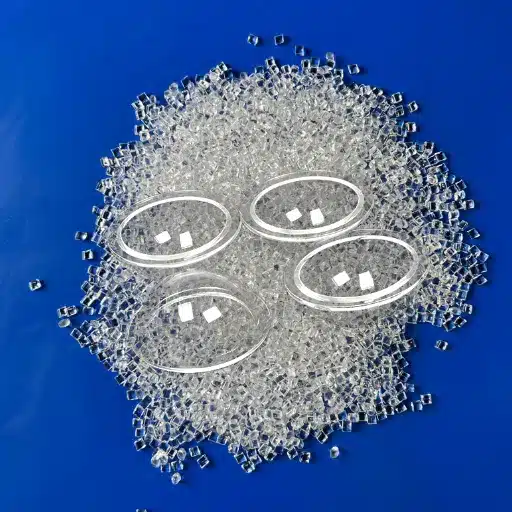
Industries Using PMMA
Polymethyl Methacrylate (PMMA) or acrylic has become indispensable across diverse industries due to its exceptional transparency, optical characteristics, lightweight nature, and durability. Here are the key sectors leveraging PMMA’s advantages:
🚗 Automotive Industry
Used for headlights, rear windows, interior lighting, and taillight lenses due to exceptional transparency and scratch resistance.
🏗️ Design and Construction
Applied in skylights, light panels, and decorative elements where aesthetics and functionality must be perfectly balanced.
⚕️ Medical and Healthcare
Extensively used in medical devices including syringes, dental prostheses, and incubators due to biocompatibility properties.
🛍️ Advertising and Retail
Preferred material for signs, LED displays, and retail shop fixtures thanks to excellent light transmission capabilities.
📱 Consumer Electronics
Utilized in smartphone displays, televisions, and display technology for clear visuals and enhanced durability.
✈️ Aerospace
Favored for aircraft windows, offering the required clarity while remaining lightweight and shatter-resistant.
Common Acrylic Products
Acrylic products are utilized extensively across various sectors, primarily due to their durability, adaptability, and aesthetic value. The following are among the most common acrylic applications:
-
1
Acrylic SheetsHighly customizable and available in various colors and finishes, these sheets are used for signs, window panes, and decorative panels.
-
2
Acrylic Display CasesProvide clear, strong showcasing solutions while protecting items from damage—frequently used in retail and exhibitions.
-
3
Acrylic FurnitureCreates elegant, modern furniture pieces such as chairs, tables, and shelves preferred for their sleek, lightweight aesthetic.
-
4
Acrylic Aquarium PanelsLighter and stronger than traditional glass, providing excellent views and enhancing aquarium designs.
-
5
Acrylic Art and DecorationsVersatile and easy to handle, artists use acrylic for sculptures, paintings, and DIY crafts.
-
6
Acrylic Medical DevicesFrom dental components to surgical instruments, acrylic serves the healthcare industry due to biocompatibility and sterilization properties.
📈 Trending Interest: Recent data shows dramatic increases in searches for “acrylic furniture” and “DIY acrylic craft ideas,” indicating growing consumer interest in affordable, modern designs and customization possibilities. These trends demonstrate acrylic’s ability to serve both practical and creative applications.
Applications Comparison
Acrylic’s remarkable flexibility spans both practical and aesthetic segments, establishing it as a leading choice across diverse sectors. The material plays a paramount role in life sciences—producing durable, sterilizable surgical tools—while simultaneously being the preferred choice for modern, stylish home furniture. This dual-purpose appeal is reinforced by recent search data highlighting increased popularity of terms like “acrylic furniture” and “DIY acrylic crafts.”
| Application Category | Key Strengths | Primary Benefit |
|---|---|---|
| Medical Applications | Biocompatibility, sterilization capability | Safe patient care, hygiene compliance |
| Creative/Design | Malleability, aesthetic versatility | Unlimited creative expression, customization |
| Construction | Durability, weather resistance | Long-term structural reliability |
| Consumer Products | Lightweight, modern aesthetic | Affordable, stylish design options |
The choice between application priorities depends on individual needs—whether emphasizing practical aspects like hygiene and durability or creative elements like artistry and customization. However, acrylic’s defining characteristic is its ability to seamlessly serve both domains with equal effectiveness.
<h2style=”color: #667eea; font-size: 2.2em; margin-top: 50px; margin-bottom: 25px; padding-bottom: 15px; border-bottom: 3px solid #667eea;”>Types of Acrylic and Commercial Grades of PMMA
Various Kinds of Acrylic
Acrylic materials are classified based on their distinct properties and intended applications. The two most prevalent types are cast acrylic and extruded acrylic, each offering unique advantages:
🔷 Cast Acrylic
Manufacturing Process:
Produced by pouring liquid acrylic into molds
Key Characteristics:
- Exceptional clarity
- Superior hardness
- Excellent chemical resistance
Ideal Applications:
Aquariums, medical equipment, precision displays
🔶 Extruded Acrylic
Manufacturing Process:
Produced through continuous extrusion process
Key Characteristics:
- More cost-effective
- Easier to fabricate
- Consistent thickness
Ideal Applications:
Signage, picture framing, retail displays
Specialized Acrylic Grades
- Impact-Modified Acrylic: Enhanced to withstand greater physical stress, suitable for high-risk damage areas requiring increased durability
- UV-Resistant Acrylic: Specifically formulated for outdoor applications like skylights and protective coatings where prolonged sun exposure demands extended durability
Selection Criteria: The appropriate acrylic type ultimately depends on balancing performance requirements with budget constraints to achieve optimal results for your specific application.
Types of PMMA Grades in a Nutshell
Polymethyl methacrylate (PMMA), commonly known as acrylic, is available in different grades tailored to suit various industrial and commercial needs. Each grade possesses customized properties for specific applications while maintaining performance and longevity as primary factors.
PMMA Grade Classification
1️⃣ Standard PMMA
Key Features: Excellent optical clarity, glossy surface finish, good UV resistance
Applications: Signage, display panels, light covers, general-purpose transparent components
2️⃣ Impact-Modified PMMA
Key Features: Enhanced strength, superior impact resistance, added durability layer
Applications: Safety barriers, protective shields, hospital windows and doors, high-traffic areas
3️⃣ UV-Resistant PMMA
Key Features: Superior protection against harmful sun rays, prevents yellowing and degradation
Applications: Outdoor signage, greenhouses, skylights, automotive components, exterior architectural elements
4️⃣ Heat-Resistant PMMA
Key Features: Withstands elevated temperatures, consistent heat dissipation properties
Applications: High-wattage lighting fixtures, electronic device housings, heat-producing equipment
5️⃣ Optical Grade PMMA
Key Features: Supreme light transmission, virtually zero optical distortion, precision-engineered clarity
Applications: Camera lenses, precision optical instruments, high-end display screens, scientific equipment
💡 Important Note: Each PMMA grade corresponds with specific performance criteria, allowing designers and engineers to select options based on technical requirements, environmental conditions, and cost considerations. Selecting the correct PMMA grade is an investment toward ensuring long-lasting durability and optimal functionality.
Picking the Correct Type for Your Project
Choosing the right PMMA (Polymethyl Methacrylate) grade for your project requires careful consideration of several critical factors. This decision-making process ensures optimal performance, longevity, and cost-effectiveness.
✅ Key Selection Factors
1. Application Requirements
Identify specific needs such as impact resistance, UV stability, or optical clarity. For automotive or smartphone screens requiring advanced light transmission and minimal optical distortion, superior optical grade PMMA is the optimal choice.
2. Environmental Conditions
For outdoor applications exposed to harsh weather conditions, UV-resistant grades are essential to guarantee long-lasting protection against yellowing and degradation.
3. Cost-Effectiveness
Balance performance requirements with budget constraints. Consider both initial investment and long-term maintenance costs when making your selection.
4. Sustainability Goals
The availability of recycled or eco-friendly PMMA alternatives is increasing in alignment with sustainability objectives. Current data analysis indicates a rising trend for versatile, high-performance grades combining functionality with energy efficiency, particularly in renewable energy sectors where PMMA is used for solar panels.
🎯 Final Recommendation: A comprehensive and informed decision based on the outlined criteria will not only improve the performance and durability of your project but also contribute to its overall success. Take time to evaluate all factors before making your selection.
Techniques for Working with PMMA
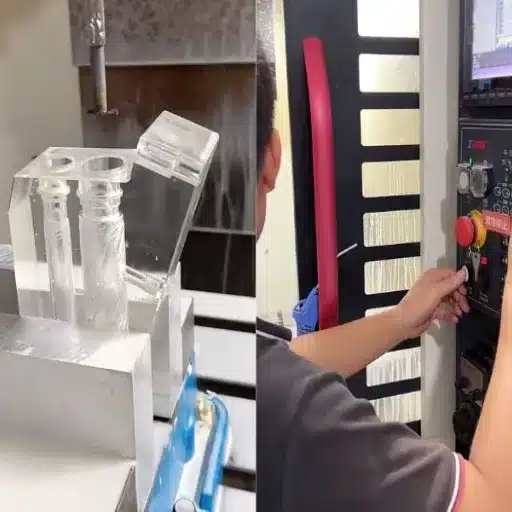
Cutting and Shaping Techniques
Recent search data indicates increasing demand for impeccable and precise techniques for cutting and shaping PMMA (Polymethyl Methacrylate). Modern manufacturing methods have evolved to provide exceptional accuracy while minimizing material waste.
⚡ Laser Cutting
Precision Level:
Extremely High
Edge Quality:
Smooth and polished, no finishing required
Best For:
Intricate designs, complex patterns, high-volume production
🔧 CNC Milling
Precision Level:
High Accuracy
Capabilities:
Complex 3D shapes, detailed patterns, consistent replication
Best For:
Three-dimensional components, prototypes, custom designs
🌱 Sustainability Impact: Both methods exemplify the significance of proper tool and technique selection, which not only eliminates material wastage but also increases productivity and supports environmental sustainability goals through efficient resource utilization.
Joining and Bonding Methods
Joining and bonding methods are fundamental to manufacturing and construction, providing permanent and reliable connections between materials. Each technique offers specific advantages depending on materials and applications.
| Method | Description | Primary Advantages |
|---|---|---|
| Welding | Heat-based fusion of materials | Permanent bond, high strength for metals |
| Riveting | Mechanical fastening with metal pins | Reliable, suitable for heavy-duty applications |
| Adhesive Bonding | Chemical bonding agents | Most versatile – joins dissimilar materials without strength loss |
| Mechanical Fastening | Bolts, screws, and clips | Disassembly possible, adjustable tension |
📊 Industry Trend: Adhesive Bonding Growth
Recent data indicates significant growth in interest for adhesive bonding due to its versatility and ability to join different materials without compromising bond strength. The aerospace, automotive, and electronics industries are among the principal consumers of this technique, prioritizing reduced weight and strong assemblies. By merging classic methods with modern technology, manufacturers now produce super-strong joints while reducing both production time and costs.
Finishing Techniques for PMMA
Acrylic (PMMA) requires a set of finishing techniques to achieve desired aesthetic and functional qualities. These methods produce various optical effects, including enhanced transparency and reduced surface roughness.
Traditional Finishing Methods
🔹 Sanding
Process: Gradual application of increasingly fine grits of sandpaper to achieve a uniform surface texture
Result: Smooth, consistent surface preparation for further finishing
🔥 Flame Polishing
Process: Application of controlled heat flame to slightly melt the material’s top surface
Result: High-gloss, glossy finish with exceptional clarity
✨ Buffing
Process: Use of polishing agents and buffing wheels to refine surface texture
Result: Crystal-clear transparency and mirror-like finish
🚀 Advanced Technology: Laser Polishing
According to information from reliable sources, improvements in PMMA finishing now embrace laser polishing as an innovative technique offering unparalleled quality and effectiveness.
Key Advantages:
- Melts surface using precision laser beam technology
- Achieves finer surface finish than traditional methods
- Minimal material loss during processing
- Particularly valuable for optical and medical device industries where surface quality is critical
Industry Impact: These technological advancements have made PMMA increasingly versatile, establishing it as a preferred material in high-performance applications across multiple industries, from precision optics to advanced medical equipment manufacturing.
Frequently Asked Questions (FAQ)
❓ What are the applications and uses of acrylic and PMMA?
Acrylic or PMMA (Polymethyl Methacrylate) is one of the most multifunctional materials found across many industries and application areas. Properties like constant hardness, transparency, and chemical resistance have led to its use for signage, displays, and protective barriers. Product categories such as acrylic windows and tubes are in high demand because of outstanding clarity and impact-resistant features. Furthermore, acrylic is used in the dental sector for making dentures due to its chemical resistance and long-lasting durability. The lightweight nature of acrylic makes it a commercial-grade favorite across many sectors.
❓ What techniques for PMMA production are commonly used?
PMMA production methods include casting, extrusion, and injection molding, among others. The properties of finished goods, such as thickness and transparency, are determined by the method used. For example, PMMA sheets are manufactured using cell casting, which produces perfect acrylic with minimal defects. Injection molding is widely used for creating complex shapes and designs, mainly for acrylic products. Understanding these techniques is crucial when deciding which method to use for a specific application, thus guaranteeing desired quality and performance.
❓ How does PMMA compare to polycarbonate?
PMMA and polycarbonate have distinct differences in attributes and eventual uses. Despite being in the same group of transparent plastics, PMMA leads with its sharpness and low refractive index—making it the material of choice where light transmission is the most important factor. Polycarbonate, in contrast, is tougher, more durable, and resistant to severe impacts, making it perfect for applications where ruggedness is critical. However, PMMA has the upper hand in terms of chemical resistance and is the preferred alternative to glass in many situations. Understanding these differences is essential to make an informed decision concerning the right fit for a given application.
| Property | PMMA | Polycarbonate |
|---|---|---|
| Optical Clarity | ★★★★★ | ★★★☆☆ |
| Impact Resistance | ★★★☆☆ | ★★★★★ |
| UV Resistance | ★★★★★ | ★★☆☆☆ |
| Scratch Resistance | ★★★★☆ | ★★☆☆☆ |
❓ What properties of PMMA make it a popular choice for manufacturers?
The list of PMMA properties is extensive: luminous transmission, resistance to ultraviolet light and degradation from weather, among others, make it a preferred choice for many industries. PMMA derives from acrylic acid, and through the polymerization process, long chains form, giving the resultant materials their lightness and resistance to shattering. In addition to PMMA being readily available in various colors and able to take different forms like acrylic signs and sheets, its applications continue to grow. The material’s ability to undergo different production processes means it is highly customizable, ultimately solidifying its position in the market as one of the most demanded synthetic resins.
❓ What are the commercial grades of PMMA available in the market?
There are several grades of PMMA available in the market depending on their formulation and application, ranging from basic to high-performance varieties. High-quality acrylic is commonly used in the automotive industry, where features like durability and excellent clarity are of greatest importance. Additionally, customized PMMA products are manufactured for particular applications such as medical equipment and lighting components. When selecting grades, manufacturers typically consider their requirements concerning resistance to chemicals, impacts, and heat to ensure optimal performance in their respective applications.
Reference Sources
This comprehensive guide draws upon authoritative academic and institutional sources to ensure accuracy and reliability:
📚 Brigham Young University – Acrylics (PAN, PMMA)
Discusses the optical properties, strength, and impact grades of PMMA compared to other materials.
Academic research source providing technical specifications and comparative analysis Source
🔬 University of Nevada, Reno – The Toxic Truth About Acrylic Nails
Explains the chemical composition of PMMA (polymethyl methacrylate) and its applications, including its use in acrylic nails.
Institutional research examining chemical properties and safety considerations Source
📖 Yale University – Glossary of Terms
Provides a detailed definition of PMMA (Poly(methyl methacrylate)) and its properties as a transparent thermoplastic.
Authoritative academic glossary establishing standardized terminology and definitions Source
Summary & Key Takeaways
- ✓ PMMA and acrylic are the same material – just different terminology for polymethyl methacrylate
- ✓ Outstanding optical clarity with 92% light transmission, exceeding standard glass
- ✓ Superior UV resistance prevents yellowing and degradation in outdoor applications
- ✓ Versatile applications spanning automotive, medical, aerospace, construction, and consumer products
- ✓ Multiple specialized grades available for specific performance requirements
- ✓ Advanced processing techniques including laser cutting, CNC milling, and laser polishing
- ✓ Environmentally sustainable – fully recyclable with growing eco-friendly options
🎯 Final Thoughts
Understanding the relationship between PMMA and acrylic—recognizing they are identical materials—is fundamental to making informed decisions in material selection. Whether you’re working on automotive components, architectural projects, medical devices, or creative designs, PMMA/acrylic offers an exceptional combination of optical clarity, durability, lightweight properties, and versatility. By carefully considering your specific application requirements, environmental conditions, budget constraints, and sustainability goals, you can select the appropriate grade and processing techniques to ensure optimal performance and longevity for your project. The continued advancement in manufacturing technologies and the growing availability of eco-friendly options make PMMA/acrylic an increasingly attractive choice for diverse industries seeking high-performance, sustainable material solutions.







